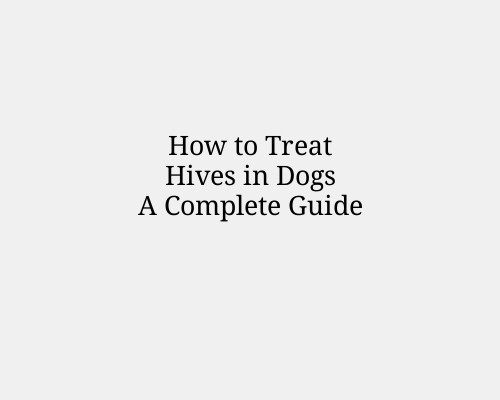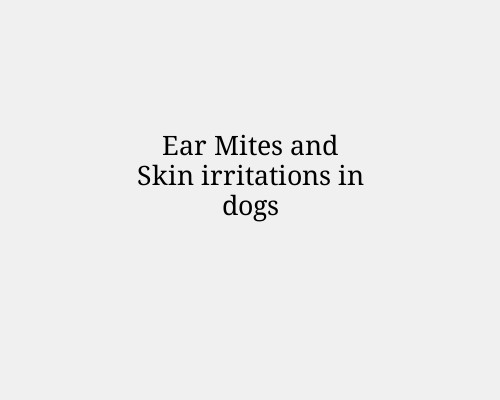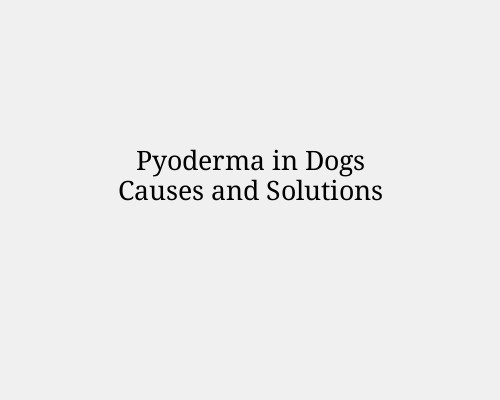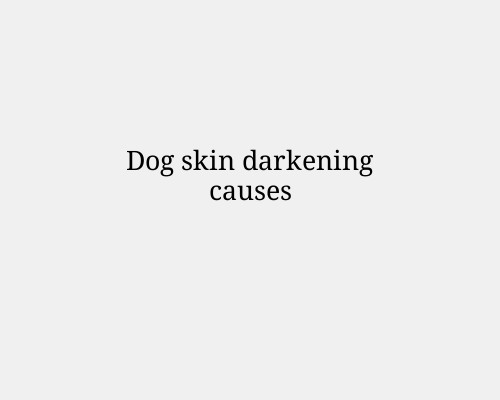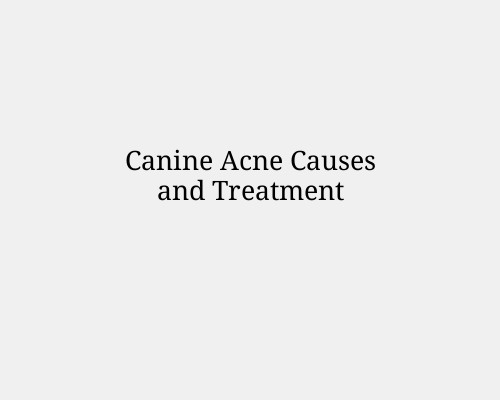How to Treat Hives in Dogs A Complete Guide
How to Treat Hives in Dogs: A Complete Guide
Hives, also known as urticaria, are raised, itchy welts on your dog’s skin. These bumps can be alarming, but understanding the causes and treatment can help you take the right action quickly. Below is a complete guide to treating hives in dogs, from identifying the symptoms to providing relief.
What Are Hives?
Hives are an allergic reaction that causes raised, red or pale, circular bumps on a dog’s skin. They can appear suddenly and may cause itching or discomfort. In some cases, the swelling can also occur around the eyes, ears, and muzzle.
![]()
Symptoms of Hives in Dogs
Raised, round bumps on the skin
Redness or inflammation around the welts
Itchy or irritated skin
Swelling, particularly around the face
Hair standing up over the hives (due to skin irritation)
In severe cases, hives may be accompanied by more serious symptoms like difficulty breathing or excessive swelling. These require immediate veterinary attention.
![]()
Common Causes of Hives in Dogs
Insect Bites or Stings: Bee or wasp stings are a common cause of hives.
Food Allergies: Certain ingredients in your dog’s diet may trigger a reaction.
Environmental Allergens: Pollen, dust, grass, or mold may cause skin irritation.
Medications: Vaccines, antibiotics, or other medications can lead to an allergic reaction.
Shampoos or Topical Products: Harsh grooming products may irritate sensitive skin.
Stress or Anxiety: Emotional stress can trigger hives in some dogs.
Chemical Exposure: Fertilizers, cleaning agents, or lawn treatments may cause reactions.
![]()
How to Treat Hives in Dogs at Home
If your dog’s hives are mild and not accompanied by severe symptoms, you may be able to treat them at home with the following methods:
Remove the Allergen
Identify and eliminate the source of the allergy if possible.
Wash your dog with a gentle, hypoallergenic shampoo to remove any lingering allergens.
Cold Compress
Apply a cold compress or damp towel to the affected areas to reduce swelling and itching.
Antihistamines
Benadryl (Diphenhydramine): You can give your dog over-the-counter antihistamines with your vet’s approval. The standard dose is usually 1 mg per pound of body weight. Always consult your vet before administering any medication.
Aloe Vera or Oatmeal Bath
Aloe vera gel can provide relief for itching and inflammation. Be sure to use a dog-safe product.
An oatmeal bath can soothe irritated skin and reduce itching.
Monitor for Progress
Keep an eye on your dog to ensure the hives don’t worsen or spread. Most cases of mild hives should resolve within 24 to 48 hours.

When to Seek Veterinary Attention
Immediate veterinary care is required if:
Your dog has trouble breathing or swallowing.
The swelling worsens or spreads to the throat or face.
Hives persist for more than 48 hours.
Your dog shows signs of anaphylaxis (severe allergic reaction).
In these cases, your vet may administer corticosteroids or epinephrine to control the reaction and prevent life- threatening complications.

Preventing Hives in the Future
Identify Allergens: Try to determine the cause of the reaction so you can avoid it in the future.
Dietary Management: If food allergies are suspected, consider switching to a hypoallergenic diet.
Use Dog-Safe Products: Only use grooming products and cleaning agents that are labeled safe for dogs.
Regular Vet Check-Ups: Regular visits can help you catch allergies or sensitivities early.
![]()
Conclusion
Hives in dogs are typically a mild condition that resolves on its own, but it’s important to act quickly to provide relief and monitor for severe reactions. By removing allergens, using cold compresses, and consulting your vet, you can ensure your dog recovers comfortably.

